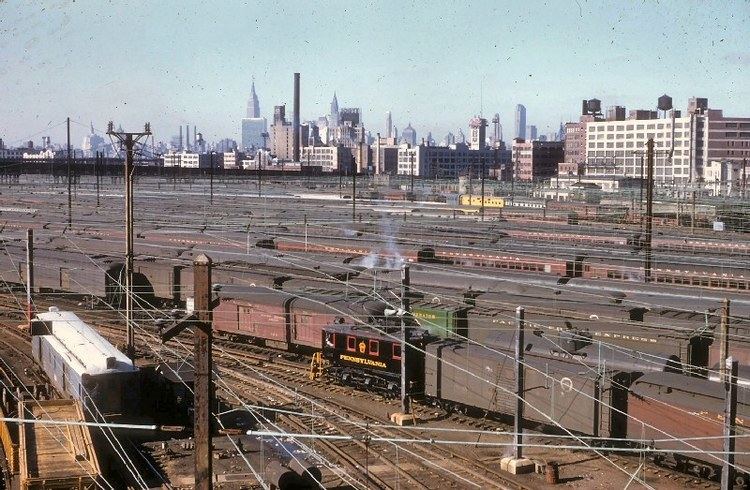 | ||
A short history of the sunnyside yards
Sunnyside Yard is a large coach yard, a railroad yard for passenger cars, in Sunnyside, Queens in New York City.
Contents
- A short history of the sunnyside yards
- Railfanning lirr main line at sunnyside yard in queens ny
- Description
- History
- East Side Access project
- Harold Interlocking
- References
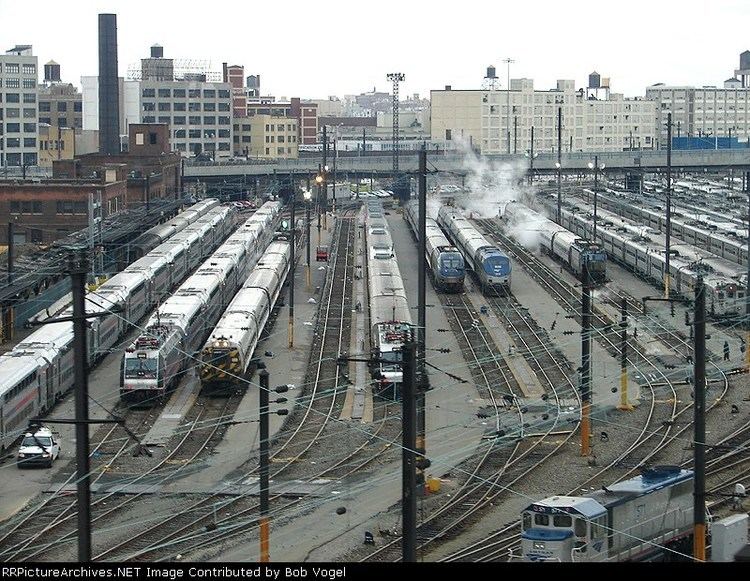
Railfanning lirr main line at sunnyside yard in queens ny
Description
The yard is owned by Amtrak and is also used by New Jersey Transit. The shared tracks of the Long Island Rail Road (LIRR) Main Line and Amtrak's Northeast Corridor pass along the southern edge of the yard. Northeast of the yard a balloon track (or reverse loop) is used for "U-turning" Amtrak and NJ Transit trains which terminate at Penn Station. Leading eastward near the south side of the yard, this balloon track switches off and turns left under the LIRR/Amtrak tracks, turns left once again, and merges with the Sunnyside yard track to turn the train west toward Penn Station.
History
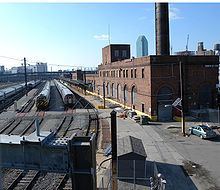
The Pennsylvania Railroad (PRR) completed construction of the yard in 1910. At that time Sunnyside was the largest coach yard in the world, occupying 192 acres (0.78 km2) and containing 25.7 mi (41.4 km) of track. The yard served as the main train storage and service point for PRR trains serving New York City. It is connected to Pennsylvania Station in Midtown Manhattan by the East River Tunnels. The Sunnyside North Yard initially had 45 tracks with a capacity of 526 cars. The South Yard had 45 tracks with a 552 car capacity.
East Side Access project
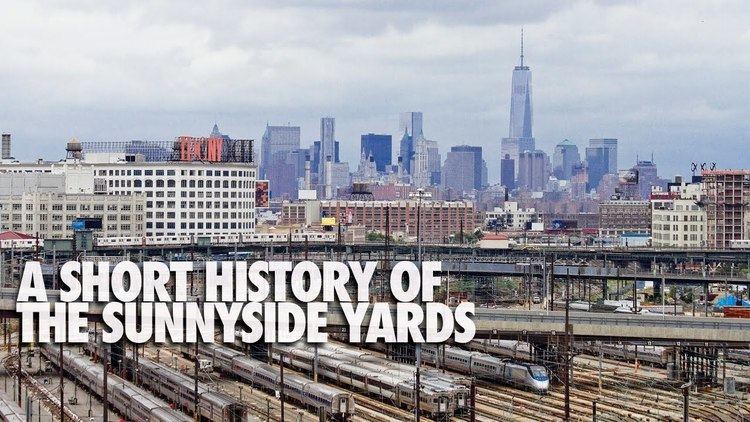
Plans for the East Side Access project to Grand Central Terminal call for some LIRR trains diverging from its main line and traveling through a tunnel under the yard. It would also create a new station at Queens Boulevard, named Sunnyside.
Harold Interlocking
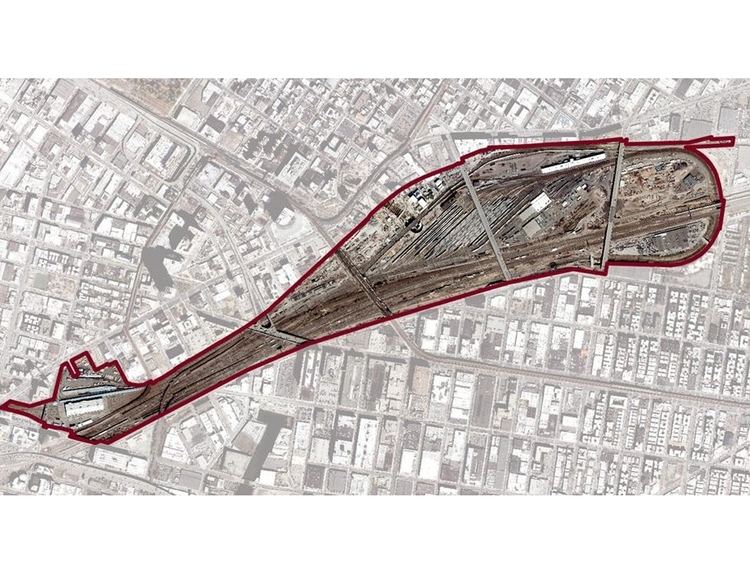
In May 2011, a $294.7 million federal grant was awarded to address congestion at Harold Interlocking, the USA's busiest rail junction, which is part of the yard. The work will allow for dedicated tracks to the New York Connecting Railroad right of way for Amtrak trains arriving from or bound for New England, thus avoiding NJT and LIRR traffic.
